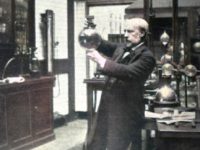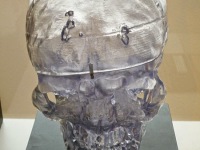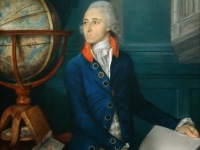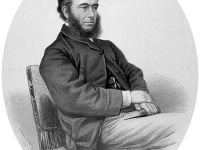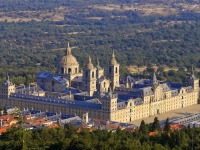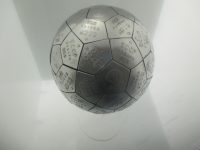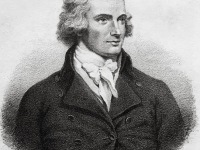James Dewar and the Liquefaction of Gases
On September 1842, Scottish chemist and physicist Sir James Dewar was born. He is probably best-known today for his invention of the Dewar flask, which he used in conjunction with extensive research into the liquefaction of gases. James Dewar Background James Dewar was born in Kincardine, Fife, Scotland, in 1842, the youngest of six boys. He lost his parents at the age of 15. He was educated at Dollar Academy and the…
Read more

